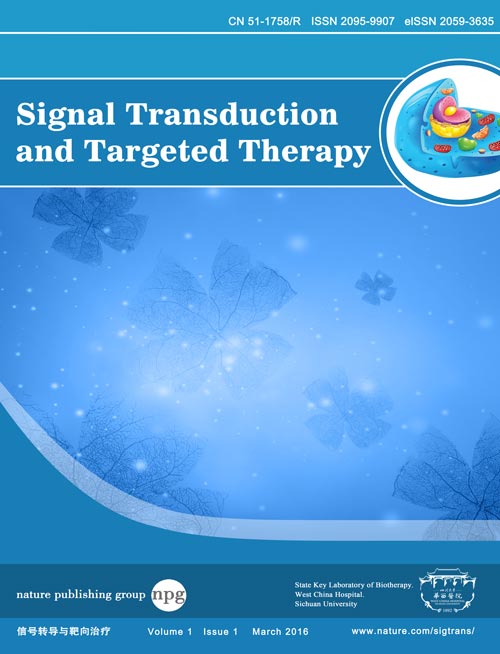Volume 1 Issue 1, Mar 2016:
Article
Human IgG1 antibodies suppress angiogenesis in a target-independent manner
Sasha Bogdanovich,Younghee Kim,Takeshi Mizutani,Reo Yasuma,Laura Tudisco,Valeria Cicatiello,Ana Bastos-Carvalho,Nagaraj Kerur,Yoshio Hirano,Judit Z Baffi,Valeria Tarallo,Shengjian Li,Tetsuhiro Yasuma,Parthasarathy Arpitha,Benjamin J Fowler,Charles B Wright,Ivana Apicella,Adelaide Greco,Arturo Brunetti
ORCID: orcid.org/0000-0001-7057-3494,Menotti Ruvo,Annamaria Sandomenico,Miho Nozaki,Ryo Ijima,Hiroki Kaneko
ORCID: orcid.org/0000-0003-0731-6465,Yuichiro Ogura,Hiroko Terasaki,Balamurali K Ambati,Jeanette HW Leusen,Wallace Y Langdon,Michael R Clark
ORCID: orcid.org/0000-0002-5539-4997,Kathryn L Armour,Pierre Bruhns,J Sjef Verbeek,Bradley D Gelfand,Sandro De Falco &…Jayakrishna Ambati
Aberrant angiogenesis is implicated in diseases affecting nearly 10% of the world’s population. The most widely used anti-angiogenic drug is bevacizumab, a humanized IgG1 monoclonal antibody that targets human VEGFA. Although bevacizumab does not recognize mouse Vegfa, it inhibits angiogenesis in mice. Here we show bevacizumab suppressed angiogenesis in three mouse models not via Vegfa blockade but rather Fc-mediated signaling through FcγRI (CD64) and c-Cbl, impairing macrophage migration. Other approved humanized or human IgG1 antibodies without mouse targets (adalimumab, alemtuzumab, ofatumumab, omalizumab, palivizumab and tocilizumab), mouse IgG2a, and overexpression of human IgG1-Fc or mouse IgG2a-Fc, also inhibited angiogenesis in wild-type and FcγR humanized mice. This anti-angiogenic effect was abolished by Fcgr1 ablation or knockdown, Fc cleavage, IgG-Fc inhibition, disruption of Fc-FcγR interaction, or elimination of FcRγ-initated signaling. Furthermore, bevacizumab’s Fc region potentiated its anti-angiogenic activity in humanized VEGFA mice. Finally, mice deficient in FcγRI exhibited increased developmental and pathological angiogenesis. These findings reveal an unexpected anti-angiogenic function for FcγRI and a potentially concerning off-target effect of hIgG1 therapies.
